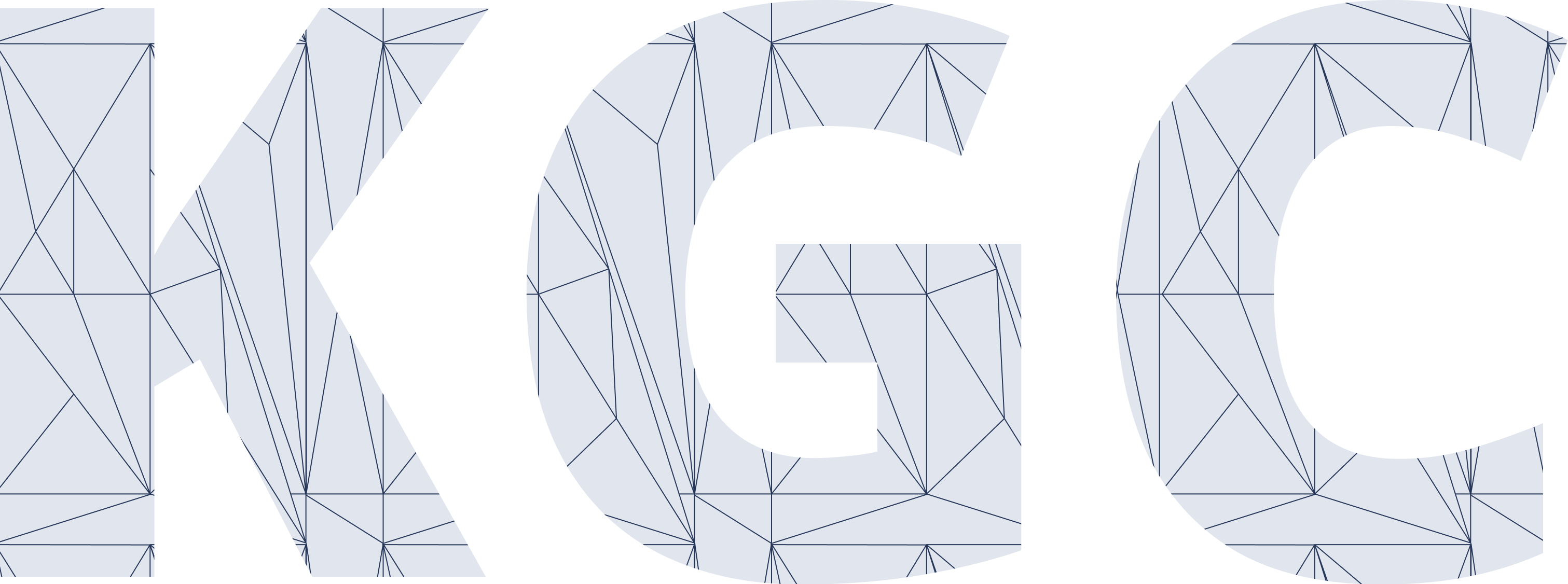Atanas Kiryakov
Ontotext
Founder and CEO
Biography
Atanas is the founder and CEO of Ontotext– Semantic Web pioneer and leading developer of semantic technology and knowledge graphs. Atanas is a partner and board member in Sirma Group Holding – the biggest Bulgarian IT business, listed at the Sofia Stock Exchange. Atanas is a member of the board of the Linked Data Benchmarking Council standardization body, whose members include all major graph database vendors.
Kiryakov obtained his M.Sc. degree in CS from the Sofia University, Bulgaria, in 1995 with a thesis in AI. Today he is a top expert in semantic graph databases, reasoning knowledge graph design, text mining, semantic tagging, linking and search. Author of signature academic publications with more than 2500 citations. Until 2010 Atanas was product manager of Ontotext GraphDB– a leading RDF graph database serving mission-critical projects in organizations like BBC, Financial Times, Nikkei, S&P, John Wiley, Elsevier, Fujitsu, Novartis, UK Parliament, Kadaster.NL, The National Gallery of US and top-5 US banks.
Atanas is currently working on methods for knowledge graph development, continuous updates, quality management and exploration. He steers Ontotext’s research agenda towards analytic methods that can derive entity and concept “fingerprints” or “embeddings” from big knowledge graphs. Such fingerprints can provide the kind of entity awareness necessary for efficiently linking data across different sources or disambiguate concept references in text.
Talks and Events
2022 Talk: Leverage External Ontologies And Data To Bootstrap A Financial Knowledge Graph
One of the most popular applications of GraphDB is as a data hub for entities and securities. However, crafting an ontology from scratch and putting together all the relevant data is often a massive hurdle for pilot projects of this type. One accelerator that we propose as a start is to manage your key data elements by creating a semantic fabric integrating your data with external models and signals into a knowledge graph. This presentation will demonstrate how to use GraphDB in order to leverage existing ontology models (FIBO) and reference (GLEIF) and transaction data (NASDAQ) to bootstrap a knowledge graph for use-cases in: Investment banking and asset management Risk and Compliance Entity intelligence We will conclude with a recap of the capabilities of GraphDB, which make it the best engine to implement such an application. We will also elaborate on why LPG-based engines are a misfit for it.
2021 Talk: Knowledge Graph Magic Map: Capabilities and Partners
Ontotext teams up with portfolio partners to offer a complete platform with best-of-breed tools for schema and taxonomy editing; data transformation and linking; access control and federation; data updates and validation; search and visualization. The ecosystem also includes global and regional delivery partners.
And an overview of GraphDB updates over the last year: JDBC access to graph data; virtualization of SQL sources and performance breakthroughs, benchmarked against AWS Neptune.
2019 Talk: How Analytics on Big Knowledge Graphs Help Data Linking: Company Importance and Similarity Demo
To make adequate decisions, businesses have to combine their databases (e.g. CRM data on clients) with non-proprietary data (e.g. company databases such as Factset, Capital IQ and Crunchbase). However, combining diverse data from multiple sources is a complex task. Matching concepts and entities across disparate data sources and recognizing their mentions in texts requires disambiguation of their meaning. This comes easy to people, but computers often fail to do right. One big difference is that an average graduate is aware of a broad set of entities and concepts.
We developed technology to build Big Knowledge Graphs and apply cognitive analytics to them to provide entity awareness of a sort of semantic fingerprints derived from interconnected entity descriptions. Ontotexts FactForge.net service provides such “awareness” of the most popular companies and people, as well as locations and other entities. Based on GraphDB, it demonstrates analytics on a knowledge graph of more than 2 billion statements.
The Company Graph combines several open data sources, mapped to the FIBO ontology, and interlinks their entities to 1 million news articles. The demonstration includes: importance ranking of nodes, based on graph centrality; popularity ranking, based on news mentions of the company and its subsidiaries; retrieval of similar nodes in a knowledge graph and determining distinguishing features of entities using graph embedding.

